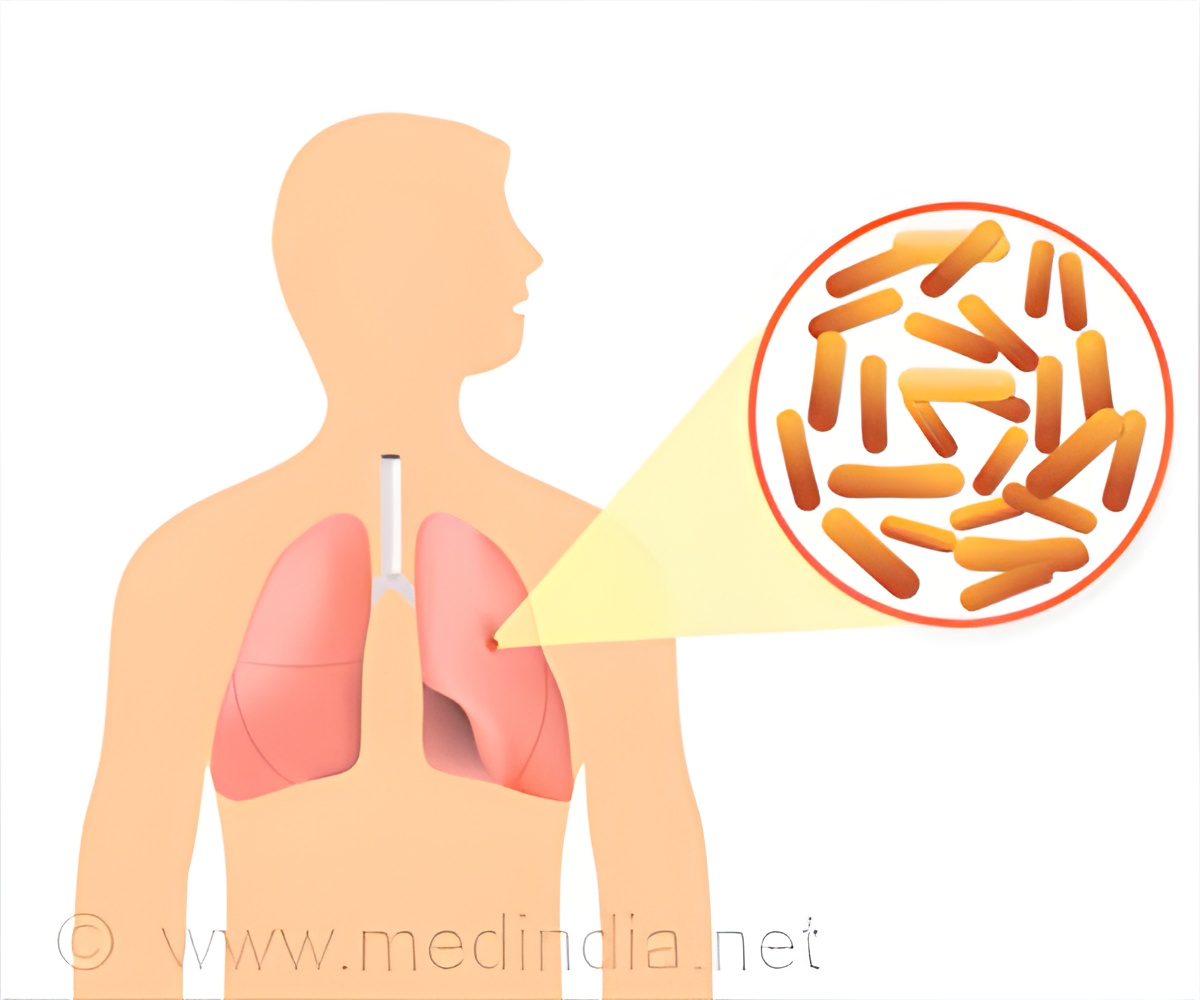
‘Cystic fibrosis patients who were treated with therapeutic doses had greater decreases in lung microbial diversity and significantly lower diversity levels when the antibiotic treatment ended as well as 30 days later.’
Tweet it Now
The findings, published in Scientific Reports, clearly establish the importance of the interplay between baseline microbial diversity and lung function and have the potential to improve clinical practices, the research team writes. More than 30,000 people in the U.S. live with CF, a genetic disease that leads to recurrent lung infections that gradually deplete lung function over time. People with this disease frequently require hospitalization for these infections, known as acute pulmonary exacerbations (APEs), which are typically treated with antibiotics. These often include beta-lactams, a class of antibiotics that include penicillin and a host of other structurally related compounds.
Worsening lung function in CF patients has been linked to decreased microbial diversity in their lungs, a factor thought to be caused by repeated dosing of antibiotics to treat APEs. Although it's well known that patients frequently don't achieve therapeutic doses of antibiotics that effectively clear their infections, it's been unclear how microbial diversity changes in patients who receive subtherapeutic doses compared with patients who receive therapeutic doses.
To investigate this question, Dr. Hahn and colleagues recruited 20 patients between 1 to 21 years of age who were treated for APEs with beta-lactam antibiotics at Children's National. For each patient, the researchers collected four samples of respiratory fluid:
When study participants were well
Advertisement
Right after their antibiotic course ended and
Advertisement
They ran each sample through genetic testing to determine the types of bacteria present and their relative abundance. The research team also collected blood samples from each patient while they underwent their antibiotic courses, as well as data on their lung function.
These 20 patients underwent 31 courses of antibiotics over the study period, which lasted from March 2015 to August 2016. Dr. Hahn and colleagues found that only about 45 percent of these courses were considered therapeutic, with blood concentrations of these drugs rising high enough to effectively treat their infections.
Dr. Hahn and colleagues suspect that patients who often don't achieve therapeutic blood levels of antibiotics may be genetically predisposed to metabolize beta-lactam antibiotics quickly. Repeated subtherapeutic courses of antibiotics could significantly knock down microbial diversity without effectively clearing infections, leading to more lung damage that negatively impacts lung function over time.
Dr. Hahn adds that eventually it may be possible to avoid this effect by keeping closer tabs on CF patients' antibiotic blood levels in real time to make sure that each APE is treated with therapeutic-level dosing.
"What this study shows is that levels of the antibiotics we give probably play a role in patients' ability to recover baseline diversity," she says. "If we pay more attention to drug levels when using these types of antibiotics to ensure that dosing is sufficient, we could potentially improve patients' clinical outcomes over time."
Source-Eurekalert














